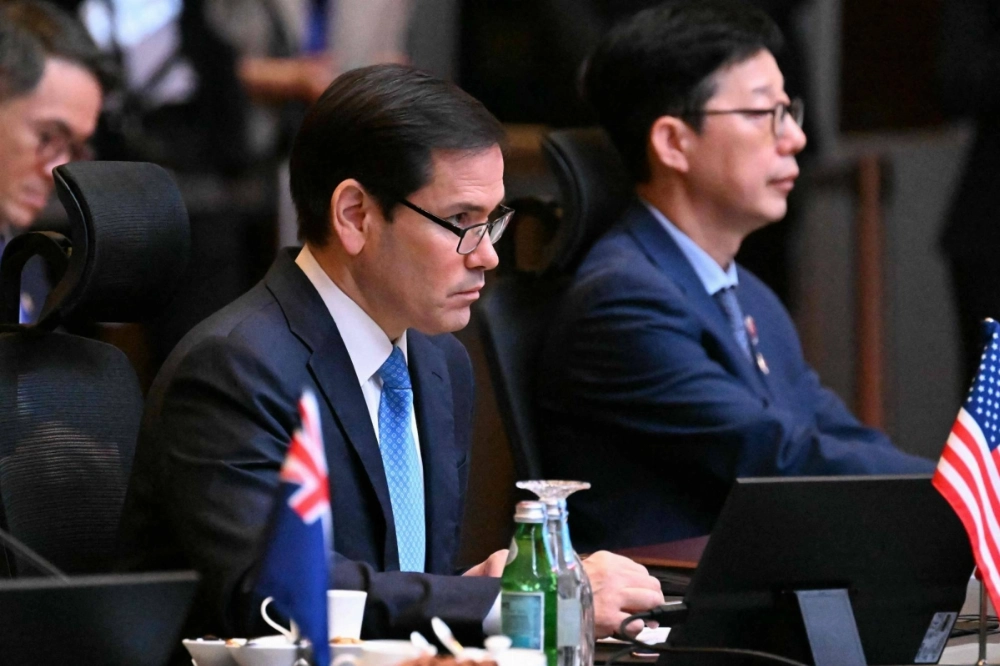Days after Southeast Asian foreign ministers and officials expressed strong concerns over U.S. President Donald Trump’s tariff moves, the same top diplomats were conspicuously mum on the issue following related meetings with the United States’ top diplomat.
In meetings in Kuala Lumpur on Friday of the Association of Southeast Asian Nations’ (ASEAN) East Asian Summit (EAS) and the ASEAN Regional Forum (ARF), top diplomats did not touch on the sweeping U.S. tariffs — or even broach the issue of trade — according to summaries of the talks released by chair Malaysia the same day.
According to the EAS summary, the ministers “expressed support for deeper engagement across all pillars of the EAS, calling for continued focus on results-driven cooperation.”


















With your current subscription plan you can comment on stories. However, before writing your first comment, please create a display name in the Profile section of your subscriber account page.